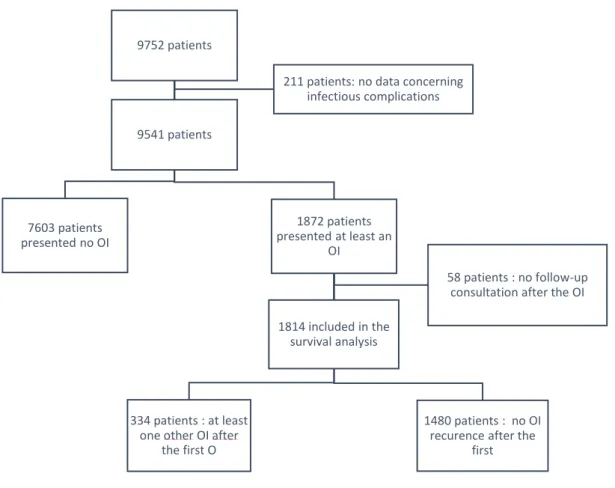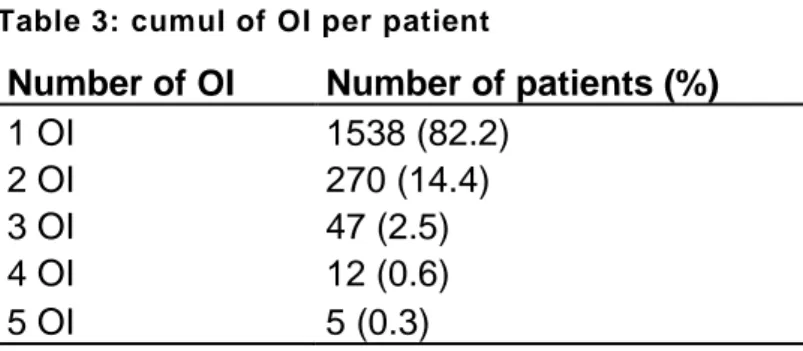Epidemiology and risk factors of multiple opportunistic infections after kidney transplantation: a prospective multicentric study
Texte intégral
Figure


Documents relatifs
A body of evidence in recent studies points to a negative impact of hypomagnesemia on post-transplant diabetes mellitus (PTDM) and cardiovascular risk, which currently represent
In the cohort MYRACLE, study visits include: baseline visit, follow up visit (performed 2 months after each treatment initiation) and relapse/progression visit (per- formed at time
The aim of this study was to evaluate patient death and graft failure during the first year following KT in recipients older than 70 years, and to determine risk factors associated
(1) POUR INFORMATION: A DÉFAUT DE PAIEMENT DANS LES 3 JOURS, VOUS RECEVREZ UN POÈME FORFAITAIRE MAJORÉ DU MONTANT INDIQUÉ CI-DESSUS. DANS TOUS LES CAS, IL N’Y A PAS DE
Actuellement, il n’existe aucune donnée probante permettant de penser que l’utilisation d’un inhibiteur sélectif de la recapture de la sérotonine avant l’administration du
[r]
Escherichia coli: importance in kidney transplant recipients with bacteriuria, and molecular epidemiology ... COLI IS THE LEADING CAUSE OF URINARY TRACT INFECTION AND
We aimed to characterize the relationships between body mass index (BMI) at the start of dialysis, changes in BMI after the start of dialysis, and either access to kidney